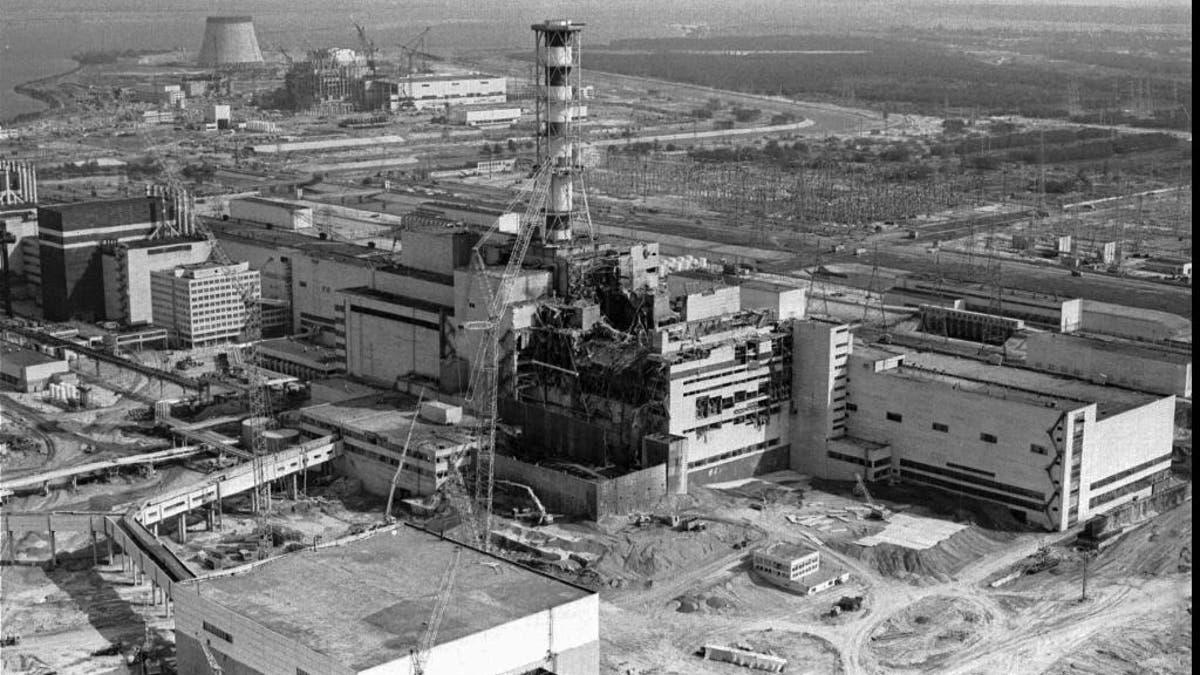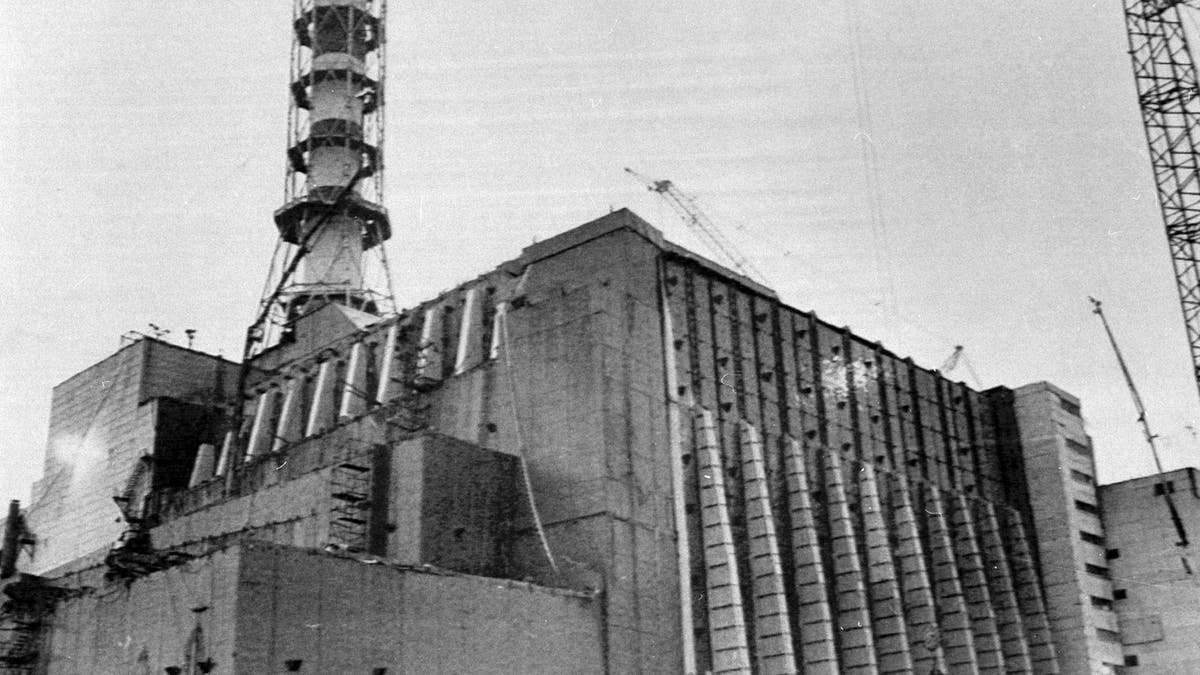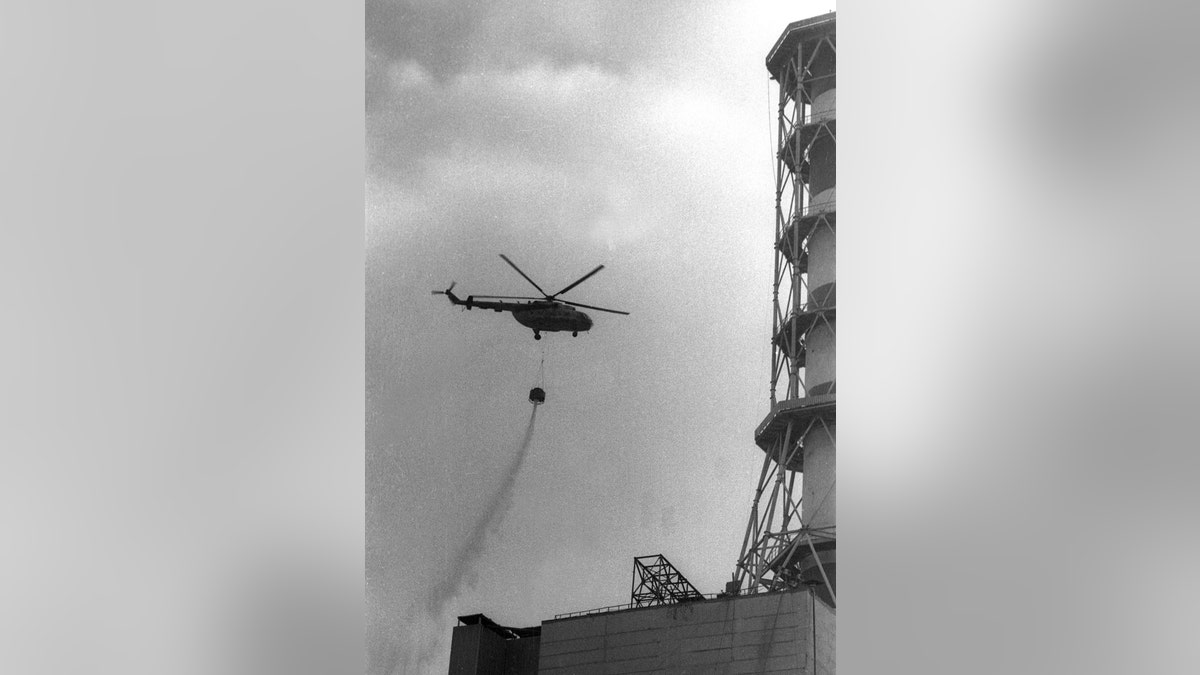
A 1986 file photo of an aerial view of the Chernobyl nuclear plant in Chernobyl, Ukraine showing damage from an explosion and fire in reactor four on April 26, 1986 that sent large amounts of radioactive material into the atmosphere. (AP/File)
A hazardous "time bomb" of radioactive fallout from nuclear meltdowns and weapons testing is waiting to go off around the world.
Researchers have found evidence of nuclear fallout lurking in glaciers across the globe – frozen, but at risk of being released.
A team of international scientists studied nuclear fallout around the world.
They examined the presence of this radioactive material across ice-surface sediments in glaciers in the Arctic, Iceland, the Alps, the Caucasus mountains, British Columbia and Antarctica.
And it emerged that "man-made" radioactive material was lurking at all 17 sites surveyed.
Worse still, concentrations were found at least 10 times higher than levels elsewhere.
"They are some of the highest levels you see in the environment outside nuclear exclusion zones, said Caroline Clason, of the University of Plymouth, told the AFP.
Most nuclear fallout falls back down to earth as acid rain – which is typically absorbed into the ground.
But in chillier climes, radioactive material can fall as snow and settle in ice, where it forms a heavier sediment.
This collects in the glaciers and concentrates the levels of nuclear residue.
And major nuclear incidents – like the 1986 Chernobyl disaster – can spread radioactive material far across the world.

The number four reactor at the Chernobyl nuclear plant is seen in this December 2, 1986 file photo, after completion of work to entomb it in concrete following the explosion at the plant. (Reuters)
"Radioactive particles are very light, so when they are taken up into the atmosphere they can be transported a very long way," Caroline explained.
"When it falls as rain, like after Chernobyl, it washes away and it's sort of a one-off event.
"But as snow, it stays in the ice for decades, and as it melts in response to the climate, it's then washed downstream."
Clason's team was also able to detect some fallout from Japan's Fukushima nuclear meltdown in 2011.
However, researchers determined that it was still too early for much of the fallout to collect on ice from that disaster.
The study also discovered significant amounts of fallout from nuclear weapons testing.
"We're talking about weapons testing from the 1950s and 1960s onwards, going right back in the development of the bomb," Caroline said.
"If we take a sediment core, you can see a clear spike where Chernobyl was.
"But you can also see quite a defined spike in around 1963 when there was a period of quite heavy weapons testing."
As global temperatures rise, there's a growing risk that this nuclear fallout will be released back into the worlds.

A helicopter dropping concrete onto the fourth reactor of the Chernobyl nuclear power after its explosion is seen in this 1986 file picture. (Reuters) (REUTERS)
This could potentially contaminate food and water supplies – although the study didn't focus on the impact.
So it's currently impossible to say to what degree human life is at risk from the melting radioactive glaciers.
What we do know is that radioactive materials lurking in the ice are highly dangerous.
One such material is Americium, a radioactive residue produced when Plutonium decays – and which can last 400 years.
"Americium is more soluble in the environment and it is a stronger alpha [radiation] emitter," Caroline explained.
"Both of those things are bad in terms of uptake into the food chain."
She added that Americium is "particularly dangerous", and explained that these nuclear materials will be a marker of humanity's impact on the planet for generations to come.
"These materials are a product of what we have put into the atmosphere," the scientist warned.
"This is just showing that our nuclear legacy hasn't disappeared yet, it's still there.
"And it's important to study that because ultimately it's a mark of what we have left in the environment."
This story originally appeared on The Sun.




















